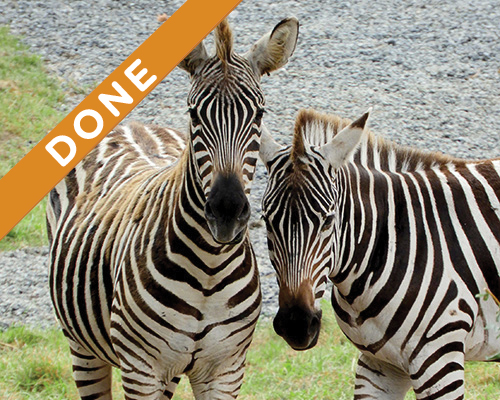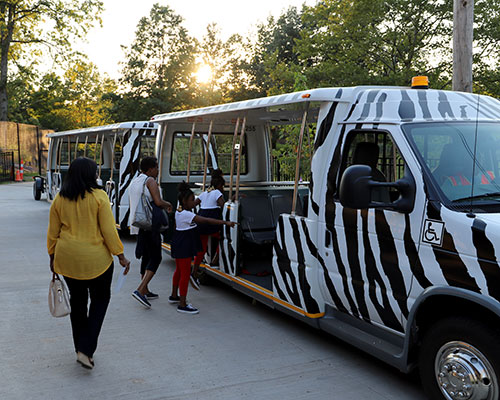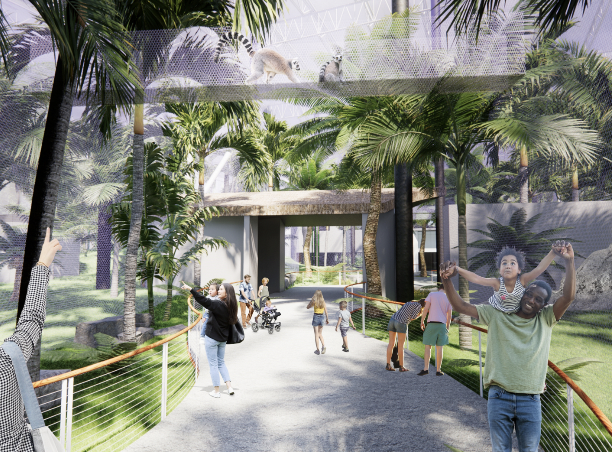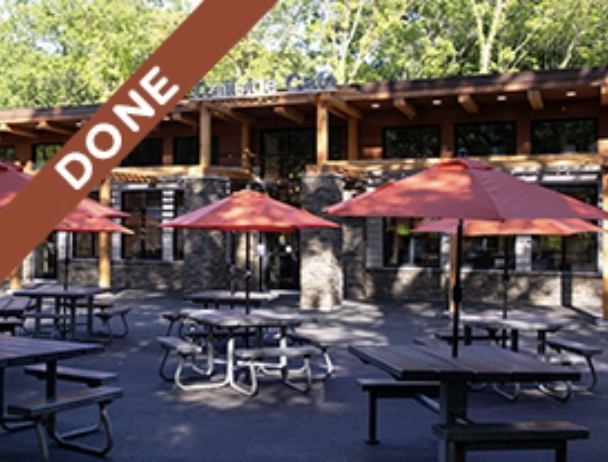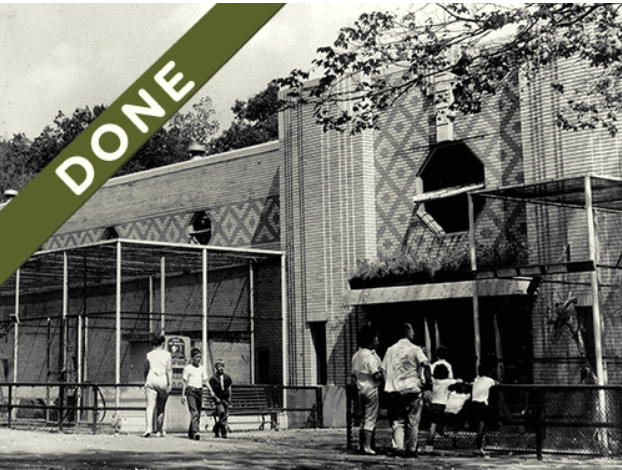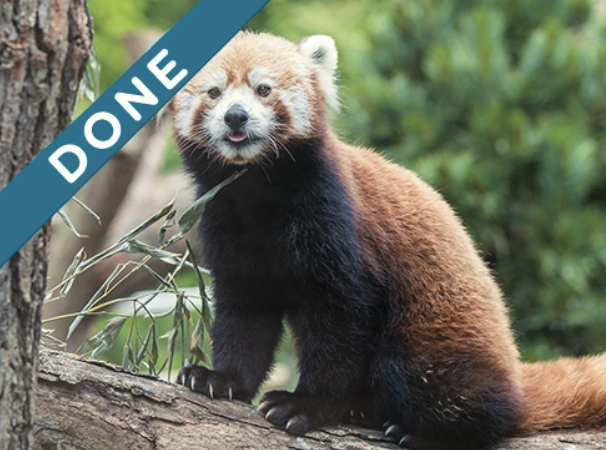Now Open!
On September 13, 2018, Seneca Park Zoo officially opened the Animals of the Savanna expansion. North of the current elephant barn, a five-acre expansion of A Step into Africa features animals of the African savanna. This new area includes an outdoor habitat for Masai giraffes, plains zebras, and a new habitat for the Zoo’s white rhino.
The expansion also includes an expansive Animals of the Savanna building, which has day rooms for the animals above, with habitats for other smaller species native to the Savanna, including naked mole rats, rock hyrax, Lake Malawi cichlids, buffalo weavers, golden-breasted starling, African bush vipers, and more.
Guests will have the opportunity to feed the giraffes at both indoor and outdoor feeding stations in the future.
Savanna Outpost
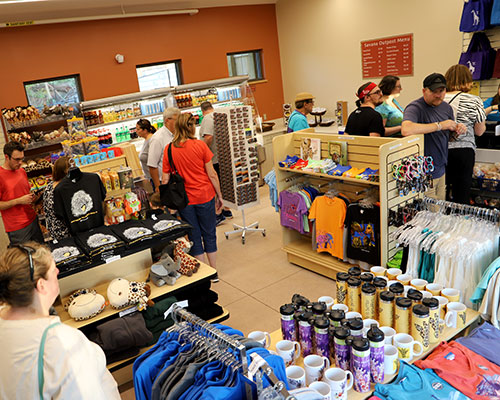
The Savanna Outpost is a retail shop next to the tram stop in Animals of the Savanna. It carries a variety of merchandise, souvenirs, ‘grab-and-go’ food options, and beverages.
Another set of restrooms is available at the Savanna Outpost, accessible from behind the building facing the tram.
You can catch the tram in either of two locations: in the front of the Zoo by the ZooShop or by the Savanna Outpost.
Ticket Information:
Adults: $2
Seniors (63+): $1
Youth (ages 3-11): $1
Tickets for a one-way ride are $2 for adults and $1 for youth and seniors, and can be purchased at the front gate, ZooShop, Trailside Café, Crater Canteen or at the Savanna Outpost. The tram goes through beautiful Seneca Park to take guests from one end of the Zoo to the other.
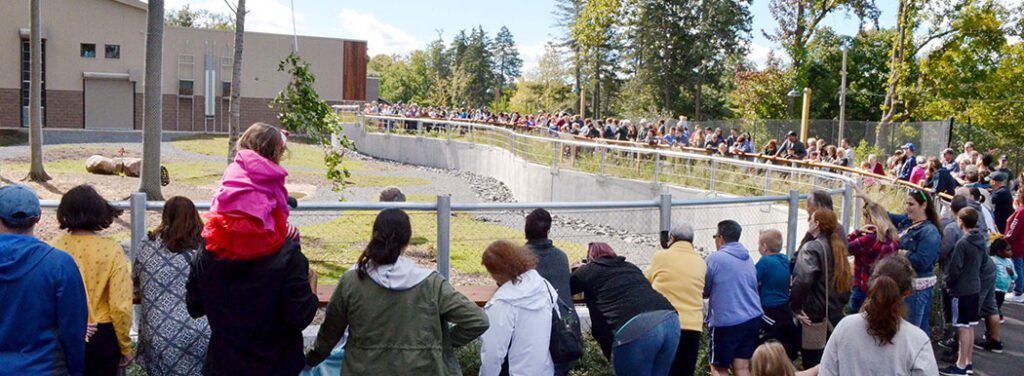

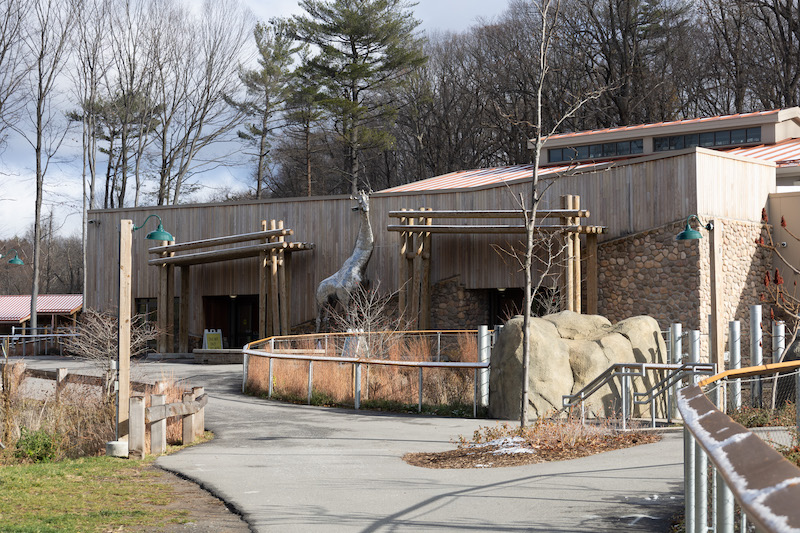

Animals of the Savanna Building
In addition to day rooms for the giraffes, zebras, and rhino, the Animals of the Savanna building features a Micro-Habitat Tree with small habitats for reptiles and amphibians and two aviaries with birds native to the African savanna. And don’t miss the naked mole rat colonies!
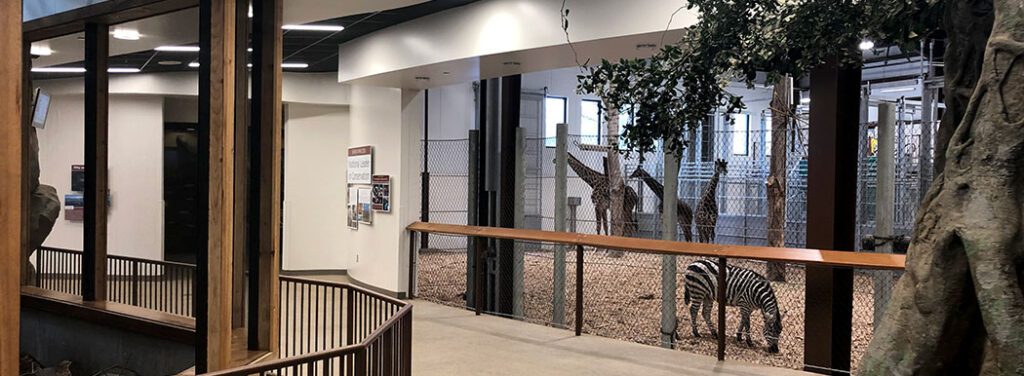

See more of what’s changing
Once completed, the 1.5 million-cubic-foot Tropics Complex will be the only one of its kind in North America. New and unique play features, vantage points at multiple elevations, and an indoor rainforest will draw year-round visitors from our region and beyond.
The Tropics Complex will allow us to bring back primates and lemurs along with other species of Madagascar and Borneo, helping to tell the impressive story of how Seneca Park Zoo and this community have significantly contributed to conservation efforts of endangered species in these fragile ecosystems. Accessibility and sustainability features are integral to the design of this incredible new structure.
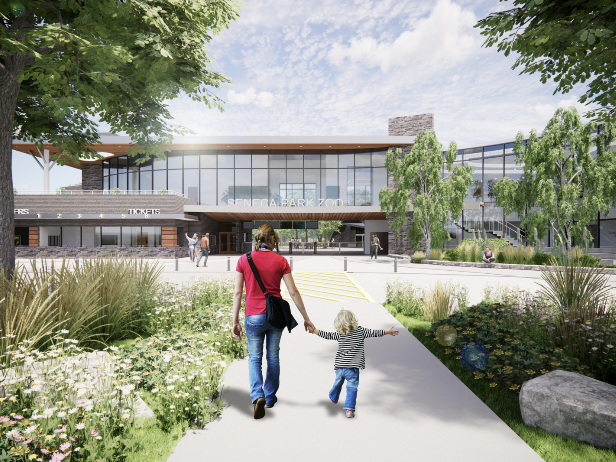

Welcome Center
A modern Welcome Center will meet the growing demand for visitation, while expanded classroom and teaching facilities can meet our community’s needs for increased ZooCamp sessions, adult learning opportunities, and learning experience for those with special needs. These new buildings will also showcase the Zoo’s commitment to sustainability and conservation, with water recapture, solar panels, and other features that reduce the Zoo’s carbon footprint.
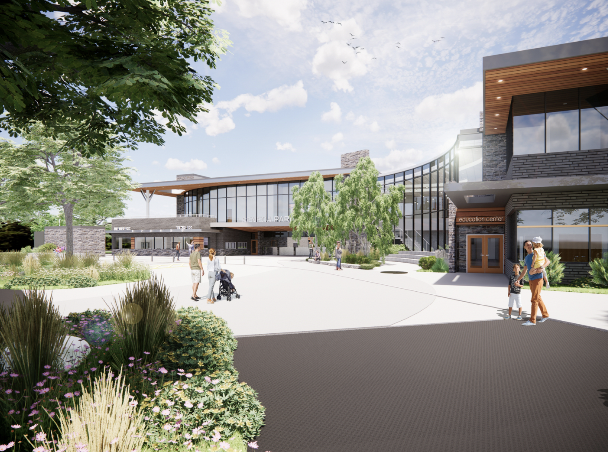

Conservation Research Center
Near the tropics complex will be a Conservation Resource Center, housing conservation and education programs. It will also include a larger event space than currently available at the Zoo.
The Trailside Café offers Zoo visitors a new contemporary food service amenity with indoor and outdoor seating. Featuring locally sourced foods and grab and go items, the café will also be available for private events outside of Zoo hours. Sustainable design features and practices bring the Zoo’s conservation mission into this exciting new space.
The antiquated Main Building at the south end of the Zoo has now been demolished. This paves the way for a second phase of Master Plan improvements, including a new tropics complex.
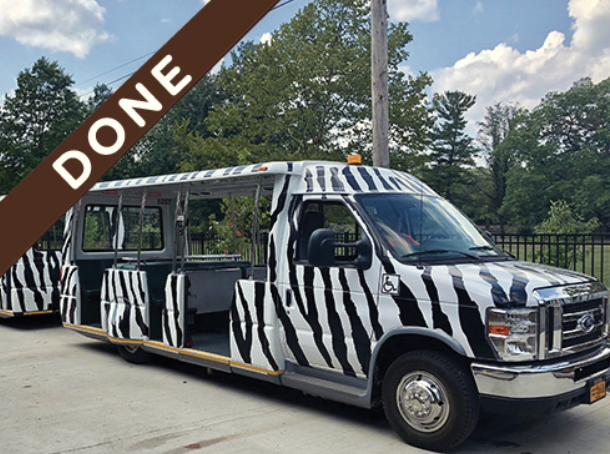

Zoo Tram
The Zoo Tram is now open for guests to be transported from one end of the Zoo to the other. Tram stations are located at the front of the Zoo by admissions and by the giraffe feeding platform in the Animals of the Savanna area.
The first elements of a Cold Asia area have now opened next to the animal hospital. It features new, naturalistic habitats for snow leopards and red pandas.

